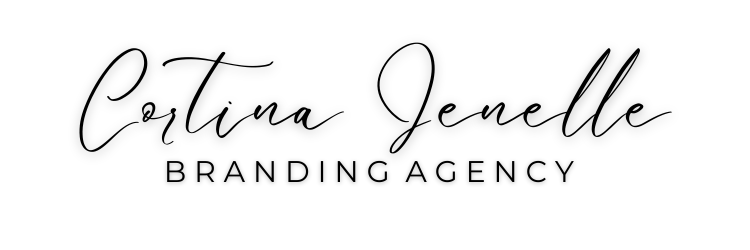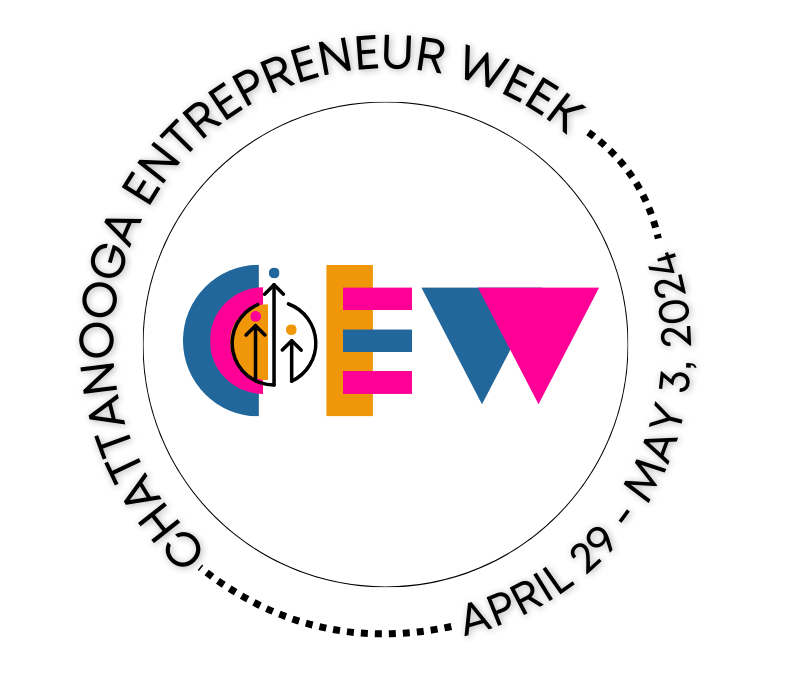
by Cortina Jenelle | Apr 1, 2024 | blog, business, entrepreneurs, imagination
It’s always a win-win when I get to do branding and web design work for a cause that I’m incredibly passionate about. I’m not privvy to have favorite clients butttt, I’m really honored to have been part of the work with the inaugural Chattanooga Entrepreneur Week, produced by Chattanooga Business Resource Collective and happening the week of April 29th to May 3rd, with main events @ Finley Stadium & First Horizon Pavilion.
I fell in love with entrepreneurship at the ripe age of 12 years old.
Working inside of my grandmother’s catering business for years and witnessing her grit, service, abundance, hard work and purpose made me want that for myself, even though I didn’t know it at the time. This woman was able to travel and share her love of cooking with some of the dankest fried catfish plates at festivals, events and gatherings all along the East Coast and often reminded me how risky it was being a Black woman in business from the rural South. At one point, I worked in corporate and in nonprofits and hospitality and sales and customer service and healthcare and social work and tech/IT. Trying…HOPING…that I could get a job, and stay in that job long-term, retire from said job and have a simple, quiet life.
I tried to keep my distance from entrepreneurship. Truly, I did.
But God had other plans. And I’m glad He did.
Entrepreneurship represents so many things for, and to, me now. Maybe the three most important reasons I love entrepreneurship and see it as upward mobility in ANY community are:
✅ It’s one of the best ways to solve our own problems.
✅ It’s one of the best ways to build generational wealth.
✅ It’s the best way to serve and support our neighbors and positively incentivize experts in their craft to keep developing their craft.
All things considered, I’m excited for the upcoming lineup of events at the inaugural Chattanooga Entrepreneur Week, presented by Tennessee Valley Federal Credit Union (TVFCU). The main conference and most events are FREE! Schedule of events and more details are available at www.chabusiness.org/cew.
Branding, graphic design and web design by yours truly 🎯 💫 🚀
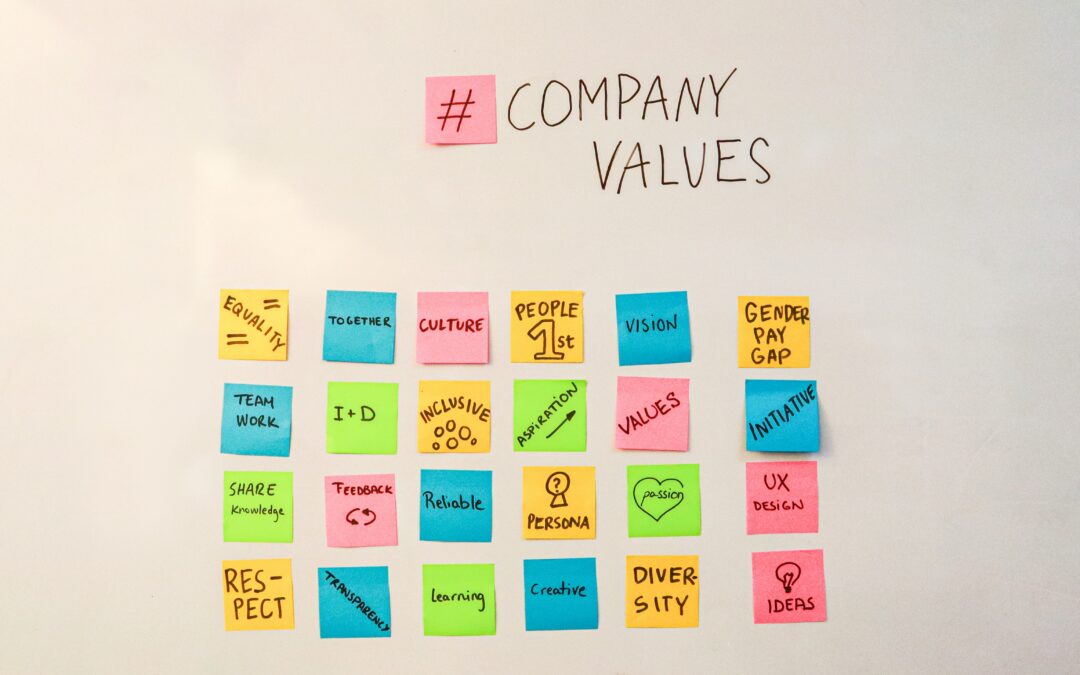
by Cortina Jenelle | Mar 21, 2024 | blog, business, facilitation
Sharing one of my facilitation hacks that has helped me build a dynamic portfolio of proven impact with community-led projects –
Before I facilitate with a new group, I always hold an orientation or onboarding session where I’m getting to know the participants before the facilitation work begins.
If I can’t get together with the group in-person or there are scheduling conflicts, I will host us on a Zoom call or send out a survey with some key questions that everyone fill out –
💥 their goal of the work;
💥 challenges or concerns they have about the facilitation;
💥 brief personality test;
💥 communication style;
💥 learning style;
💥 a few random samples in a “This or That” format (i.e. video clip and reflection or brief article and written questions).
Usually, this is a fun time! I’m playing a special playlist I’ve made for the group (and people ALWAYYSSS ask for the link after 😎 ) and I’ve dressed up in festive attire, even if it’s over Zoom.
And low key, I’m setting a celebratory tone for our heavy lifting, I’m building trust with the group as the facilitator and the group is building rapport with each other in ways they may not get to do in their day-to-day on the job. By the end of it, I’ve gathered a TON of data about the group – through written answers to the survey, observations of subtle group dynamics and noting any verbal side-bar dialogue that we’re having.
All of this shapes the facilitation process and none of it has failed me yet!
Photo by Walls.io for Unsplash
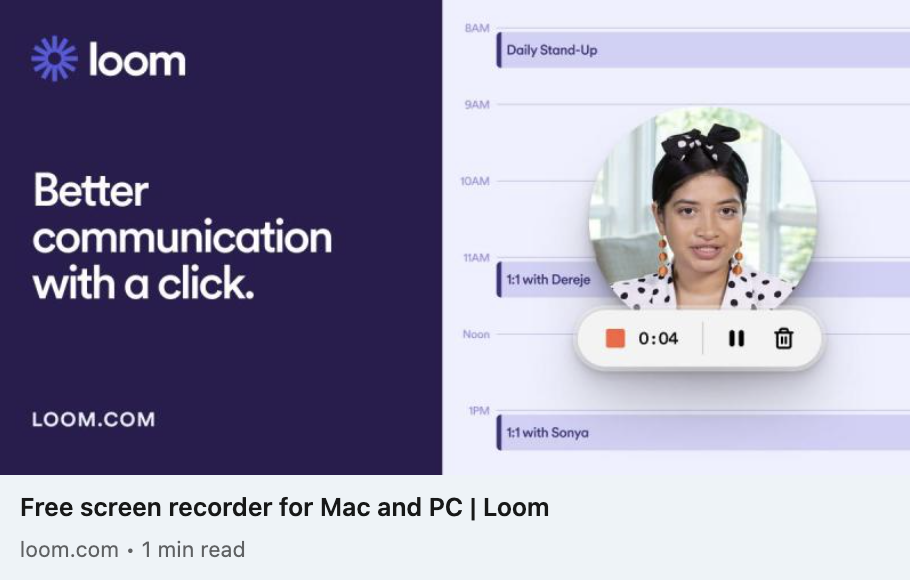
by Cortina Jenelle | Jan 10, 2024 | business, technology
So, the year has struck 2024 and the time to pursue that big dream or goal you’ve tabled for some time, is NOW. You are your only limit after all, right? Well, kind of. Many of the clients that I work with are entrepreneurs who are turning their passion or purpose into an income stream. As new business owners, the common denominator for most is being intimidated by technology or where to start.
We all have our limitations. But limitations can also be reframed as opportunities. So for this post, I’m sharing my top three technology tools that can help you ball on a budget and up-level your brand image.
First up, have you heard of Loom?!
I can’t say enough good things about Loom😅 But if you’re looking for a great way to beef up your digital courses, online webinars, how-tos, reviews, testimonials, presentations or long form video content, it’s worth a look. Costs me $0 a month (not a typo, the basic plan is FREE). I found out about Loom with my first LinkedIN profile. At the time, I was using LinkedIN to build my network, but admittedly, my branding hadn’t quite synced yet.
At the time, I had a very simple landing page that was certainly NOT optimized as well as it should have been and was not boasting any lead generation ( my business has been word of mouth first and foremost so, I didn’t “need” any of that). One day, I get a short video from another digital agency and he has sent me a VIDEO screen capturing my website with section by section suggestions on what he would improve. Enter, Loom. I was blown away. It was a screen capture, a hi-res video AND a tutorial with him right in the midst of the video. Since that time, I’ve used it to offer my clients web tutorials, share team projects and so much more. Give it a test drive and see if it works for your needs.
Next up, Notion.
I have a reputation for being professional and solutions-driven…and the truth is, I couldn’t get nearly half of what I do done without my allyship with technology. Let’s be real – I would always rather be outside so, if technology can help me – be efficient, waste less time, be organized, deliver and exceed work expectations, be strategic, make things more aesthetically pleasing, continue my 10+ year journey of remote-ish working AND increase my time freedom – then, I’m all about it.
Notion is beautifully designed software that can essentially morph to your needs and as calendar, a group project hub, a place for meeting notes, media kit, digital portfolio, project page, journal, task master, classroom and probably so much more. I’ve used it a ton for organizing my first published book, recording daily notes, keeping organized with what’s in production on the farm and keeping a database of business contacts and partnership prospects. It will cost you less than 2 lattes in a month. And definitely worth your time once you see how much more you can accomplish.
Finally, there’s Calendly.
Calendly may be a little more familiar to most because scheduling apps are on the rise. Square Appointments, Acuity Scheduling, Setmore, Simply Book, Zoho Bookings and Zoom Scheduler are other options out there so definitely discern to your liking. The point of mentioning it though is to do have one. Scheduling apps allow you to plug in your hours for each day of the week, add variance when you have to travel or get a commitment outside of the app AND can be integrated into your calendar to reduce double bookings. If those aren’t all good reasons to give the world of scheduling apps a look, the amount of time and headache you save going back and forth over email trying to schedule a meeting is worth its weight in gold. The best part? The basic plan, on Calendly at least, is free and to upgrade for more features, you’ll pay less than $20 per month. While looking much more professional and organized to potential business prospects in the meantime.
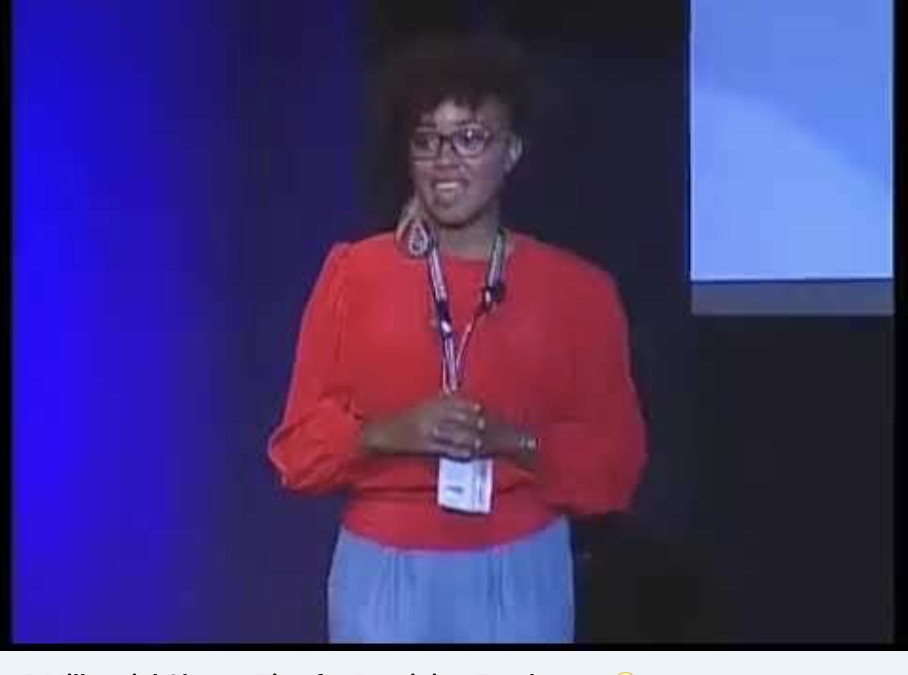
by Cortina Jenelle | Oct 17, 2023 | business, creative coach, entrepreneur coach, leadership coach
Back when I was still in corporate, I gave some serious thought to potentially going the Human Resource route. Besides loving fixing systemic inefficiencies, one of my other favorite to-dos on the job was the training component. Still to this day, I’m mind boggled at why companies don’t have more robust training and professional development budgets for their people. The places that invested in me as a professional quite honestly, got more of my loyalty and time.
It seems like common sense to me, but I guess I could also understand the line of thinking that has people thinking that increased support for professional development leads to higher turnover rates, but honestly I just haven’t seen that that study actually exists anywhere. In fact, you’re more likely to find the opposite to be true – people stay where they’re happiest.
Back in 2016, I had the honor of being selected to present/speak at IDEATE as part of the NCSHRM State Council conference in Asheville, NC. The theme was “Lead Differently” and we challenged human resource professionals and other business leaders to rethink how they engage and motivate staff and colleagues. Here’s my talk in full from the way-back time machine:
https://youtu.be/z5-5JbWvh9Y
Takeaways?
– Authenticity matters. Principle-led leaders want to be in principle-led spaces.
– Invest in your people. It’s a REALLY smart way to make sure you see a longer sustaining ROI in the long-term and it ripples out into their families, neighborhoods, communities, schools and the whole ecosystem is better for it.
– Consider beefing up your professional development budget, or hey! Make one.
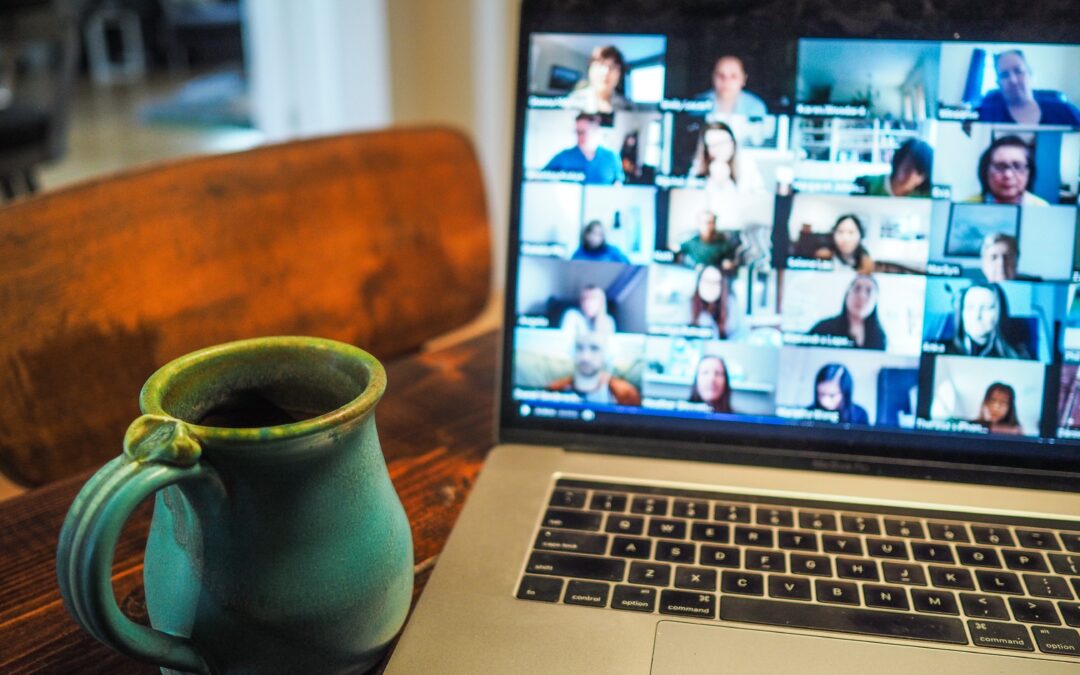
by Cortina Jenelle | Aug 8, 2023 | blog, business, creative coach, entrepreneur coach, entrepreneurs, facilitation
The digital age has redefined how we work, learn, and connect. In response to recent global challenges, the embrace of remote work, virtual meetings, and online learning has only grown stronger, shaping new paradigms for the modern professional – with no slowing down in sight. As a freelancer over everything and an introverted processor, I have been working remotely for nearly 10 years. Tools like Asana, Slack, Google Suite, Honeybook and LinkedIN were my go to’s early on in 2013 and I cannot begin to tell you how excited I am to witness the roster of tools growing With these changes come distinct trends that are molding our digital experiences.
Hybrid work models are becoming the new norm, with companies permitting employees to enjoy a blend of office and remote work. Online learning platforms are integrating game mechanics to keep engagement high and enhance retention, a phenomenon known as gamified learning. Meanwhile, virtual and augmented reality are no longer just buzzwords or some “out there” concept, they are beginning to create immersive meeting and learning experiences that captivate and inspire.
Accessible Options for Remote Work + Virtual Meetings:
- Airtable: A blend of spreadsheet and database, it offers dynamic ways to organize content, track tasks, and manage projects.
- Google Meet: Integrated with other Google services for reliable video conferencing.
- Microsoft Teams: Your one-stop hub for collaboration, including chat, video meetings, and file storage.
- Slack: Messaging made simple and efficient for teams with channels and integrations.
- Trello: Visualize your tasks and projects with its unique board and card system.
- Moodle: An open-source Learning Management System tailored for the educators of today.
- Kahoot!: Learning meets fun with this game-based platform, perfect for quizzes and interactive sessions.
- Miro: Brainstorm and collaborate with this digital whiteboard tool.
- Notion: An all-encompassing workspace platform that goes beyond just notes and tasks.
- Discord: From gamers to study groups, a platform to build and nurture communities.
The modern era, marked by its rapid digital evolution, emphasizes the significance of staying connected, informed and adaptable. That in mind, it’s important to make sure that any platform you use, especially if a requirement for your team or workplace, is inclusive and accessible for everyone. All the platforms I name above are FREE to use and offer a lot of functionality even with no payment requirement. The more you upgrade, the more robust your features are so that’s fun too!
Harnessing the power of digital tools not only ensures smooth communication but also fosters growth, innovation, and unity in both professional and personal spheres. Whether you’re a digital novice or a seasoned tech enthusiast, these platforms and trends are pivotal in crafting a connected and efficient future. If nothing else, I’m absolutely excited about the time freedom I earn when I can train these digital tools to keep me organized + connected.
Happy relating!
Photo by Chris Montgomery on Unsplash

by Cortina Jenelle | Jun 21, 2023 | blog, business, entrepreneurs, imagination
The modern workplace is undergoing a significant transformation.
With millennials now forming the majority of the global workforce, the traditional parameters of workspaces are being redefined. In the dynamic world of design and environmentalism, the right setting can be a catalyst for innovation. For the young professional navigating this space, picking the perfect venue for meetings and trainings becomes paramount.A study by Gallup revealed that 43% of millennials envision opportunities to work remotely. With this generational shift, the how and where of professional gatherings are evolving too, emphasizing adaptability, innovation and intentionality.
Millennials, with their distinct values and perspectives, aren’t just looking for a space to convene; they’re seeking venues that resonate with their ethos. This generation is known for championing authenticity, sustainability, and well-being. A venue is more than just a space; it’s an environment that fosters collaboration, ignites creativity, and encapsulates an ethos. For the modern professional, this means a blend of functionality, aesthetics, and sustainable principles. Selecting the right venue becomes an extension of these values, a testament to a commitment to purposeful engagement.
Top 10 Considerations When Selecting a Venue:
- Location Accessibility: Is it easily reachable by public transport or car?
- Tech Infrastructure: High-speed internet, AV facilities, and other tech amenities.
- Sustainability Practices: Does the venue promote eco-friendly measures?
- Space Layout: Open spaces for brainstorming, quiet zones for focused tasks.
- Aesthetic Value: A design that fosters creativity and reflects organizational values.
- Catering and Refreshment Options: Healthy, diverse, and sustainably sourced options.
- Budgetary Fit: Ensuring value for money without compromising on essentials.
- Safety and Security: Adequate measures in place for the safety of attendees.
- Flexibility: Option for rearranging spaces or accommodating special requests.
- Feedback and Reviews: What have previous users said about the venue?
The perfect venue doesn’t just look good; it does good. A venue that incorporates sustainable practices, from energy-saving solutions to waste reduction, resonates with the millennial ethos so this may be important to consider if you’re on the designing side of as a space. Think of the Salesforce Tower in San Francisco, a beacon of eco-friendly architecture, or the Bullitt Center in Seattle, dubbed the “greenest commercial building in the world”, or meeting venues like Proximity Hotel, the USA’s first LEED Platinum Certified hotel. Its management company, Quaintance-Weaver Restaurants & Hotels happened to be the site of my first professional job out of college. These are epitomes of how design and environmentalism can harmoniously coexist. For millennials, these aren’t mere structures but symbols of a progressive future.
As we usher in an era where the line between work and play blurs, where innovation is as much about space as it is about ideas, the onus is on us to make mindful choices. For those seeking to explore potential venues, platforms like Peerspace, Splacer, or even local directories can be invaluable resources.
Remember, whether you’re the person looking for the perfect spot to host your next gathering or the designer of a space for professionals to gather, choosing a venue is no longer just a logistical decision – it’s a statement, a reflection of intent and values. Cheers to forging ahead, building bridges, and laying the foundation for meaningful engagements in spaces that inspire!
Pictured: Common House No. 3, Chattanooga, TN

